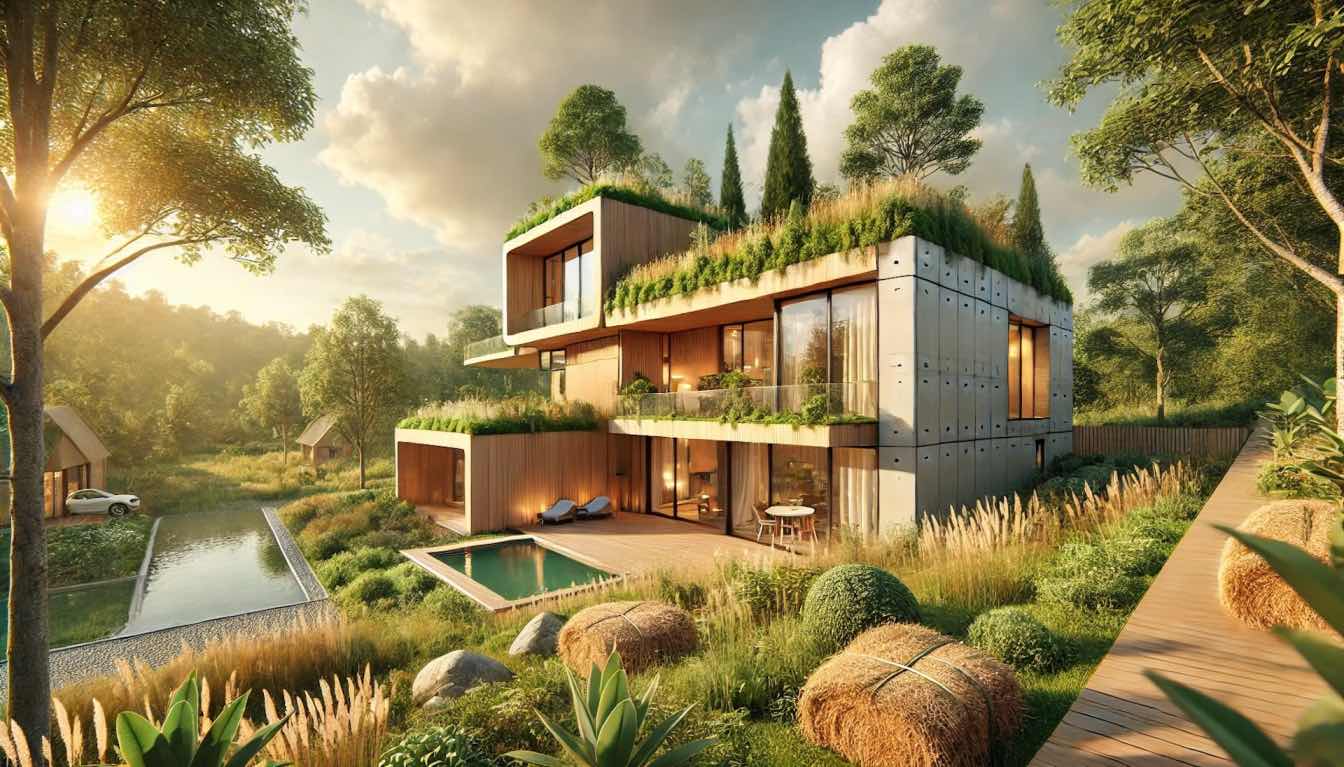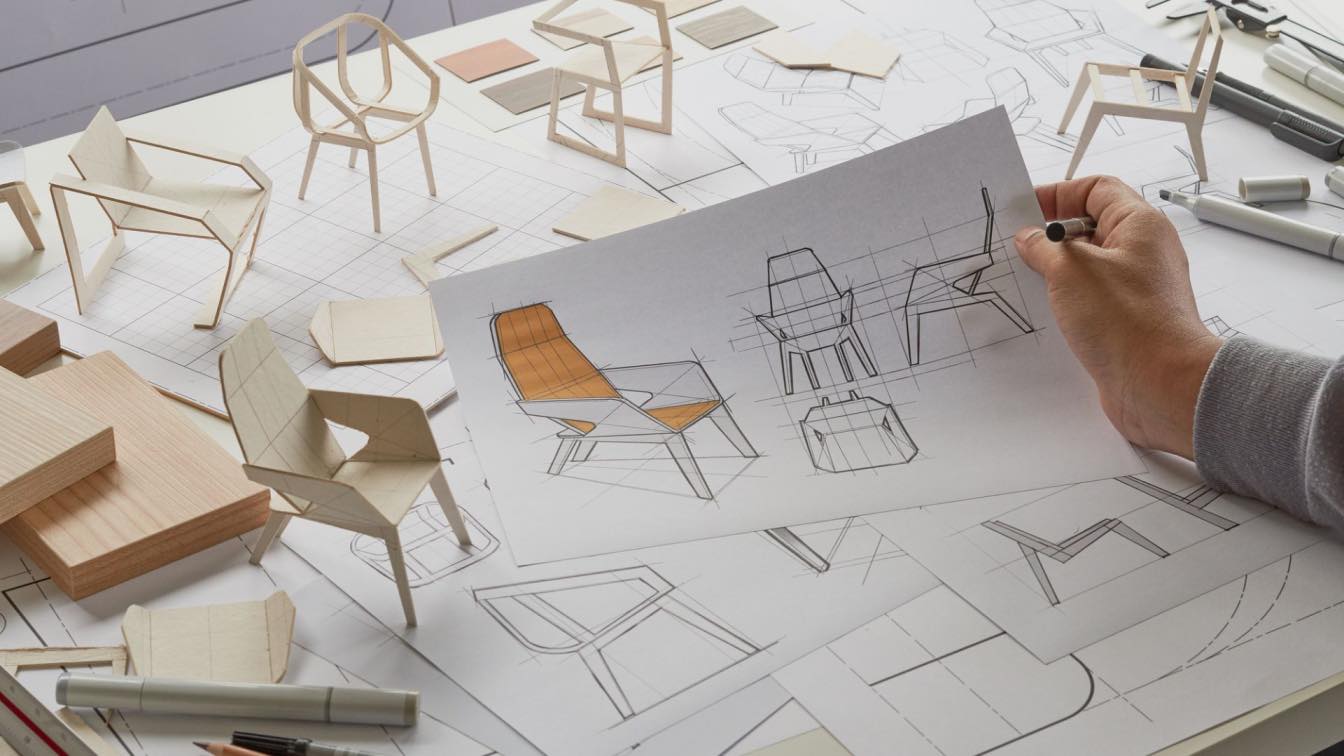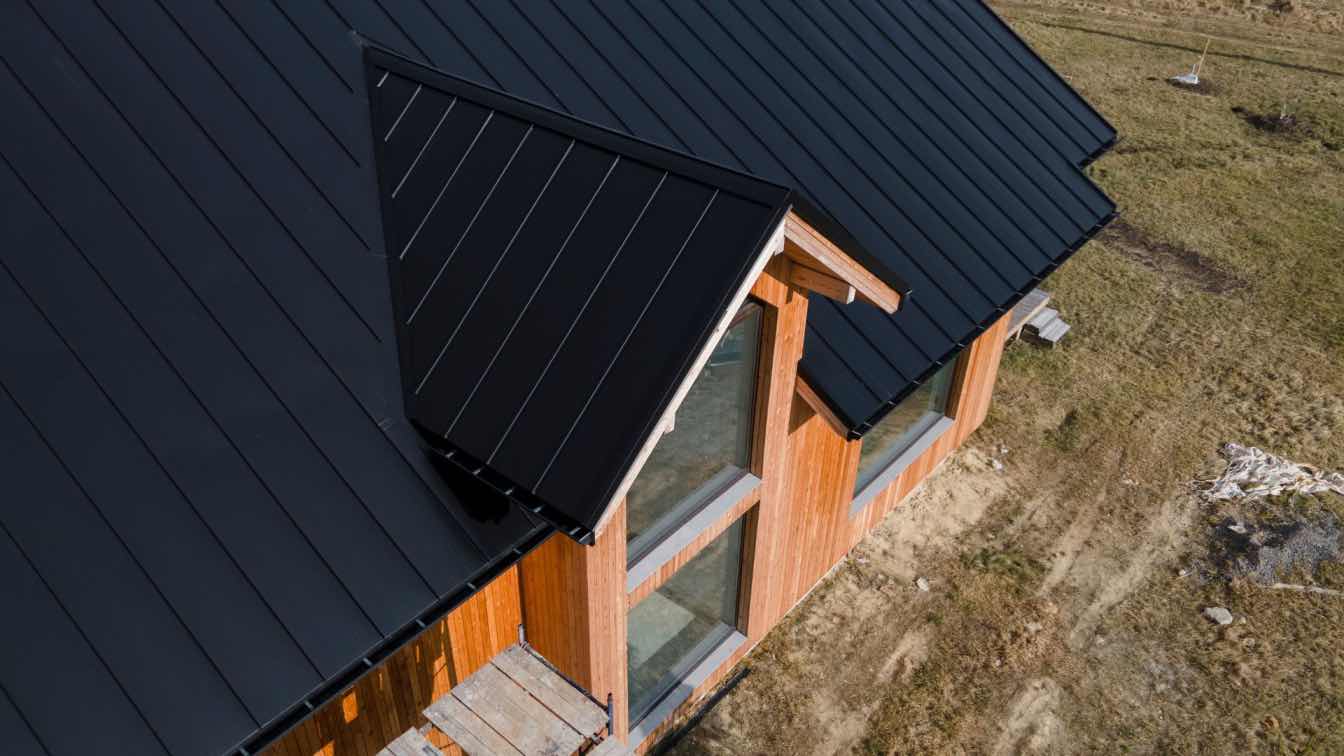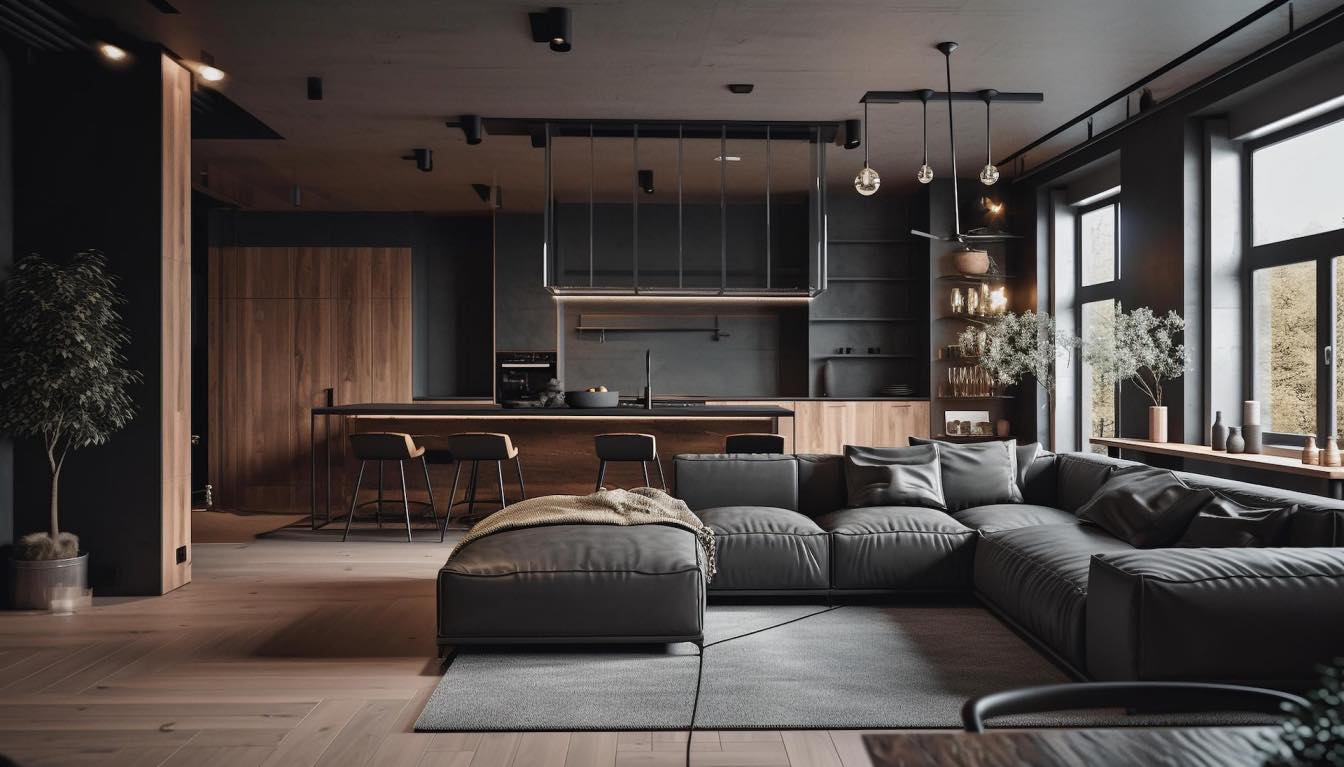In an era of growing environmental awareness, sustainable architecture has emerged as a key approach to designing homes that are not only eco-friendly but also energy-efficient. A major component of this trend is the use of materials that naturally retain heat, reducing reliance on artificial heating systems and lowering energy consumption. These materials offer an excellent balance of functionality, comfort, and sustainability, making them essential in modern home design.
The Power of Insulative Materials
High-performance insulation is a cornerstone of sustainable architecture. Materials such as structural insulated panels (SIPs), spray foam, and mineral wool provide exceptional thermal resistance, keeping indoor temperatures stable regardless of the season. For instance, SIPs, which combine a rigid foam core with structural boards, are lightweight, easy to install, and significantly reduce heat loss.
Natural materials like wool and cellulose are also gaining popularity for their insulation properties. These materials are biodegradable, renewable, and highly effective at trapping heat. Pairing these insulating solutions with a reliable heating system ensures consistent warmth during colder months.
Combining Materials with Furnace Systems
While these natural and sustainable materials excel at retaining heat, they often perform best when integrated with modern heating systems like furnaces. A furnace works to quickly warm your home, ensuring immediate comfort, while the heat-retaining properties of these materials help maintain that warmth for longer periods. Together, they create a system where the furnace does less work, leading to reduced energy bills and a smaller environmental footprint.
Regular furnace maintenance and repair are essential to ensure this harmony. Addressing issues promptly—such as unusual noises, insufficient heat, or rising energy costs—can prevent system failures and improve overall efficiency. For professional assistance, visit https://bens.plumbing/services/hvac-seattle/furnace-repair/.
Embracing Natural Materials for Warmth
1. Natural Stone: Known for its excellent thermal mass, natural stone absorbs and stores heat during the day and releases it at night. This makes it ideal for homes in regions with significant temperature fluctuations. Stone walls or flooring not only enhance warmth but also bring an elegant, timeless aesthetic to the space.
2. Wood: A favorite in sustainable design, wood is a natural insulator that retains warmth exceptionally well. Materials like timber or engineered wood are commonly used for floors, walls, and even ceilings in modern eco-friendly homes. Additionally, wood offers a cozy, inviting atmosphere while being a renewable resource.
3. Glass with Double or Triple Glazing: Windows are one of the primary sources of heat loss in a home. Using glass with double or triple glazing reduces heat transfer, helping to maintain a consistent indoor temperature. These windows often feature inert gas layers between the panes and low-emissivity coatings, making them an excellent choice for energy-efficient buildings.
4. Rammed Earth: An ancient building material making a comeback, rammed earth consists of compacted soil mixed with stabilizers. It is highly durable, fire-resistant, and offers impressive thermal properties, keeping homes warm in winter and cool in summer.
The Future of Warm, Sustainable Homes
As technology advances, the possibilities for sustainable architecture continue to grow. New composite materials, advanced glazing technologies, and innovations in heating systems will further enhance the energy efficiency of homes. By combining these innovations with traditional materials like wood and stone, architects can design homes that are both environmentally responsible and effortlessly comfortable.
Sustainable architecture is about creating synergy between nature and technology. Materials that retain heat naturally offer an energy-efficient way to keep homes warm while reducing environmental impact. Coupled with modern heating systems like furnaces, these materials provide an optimal balance of warmth, comfort, and sustainability.





